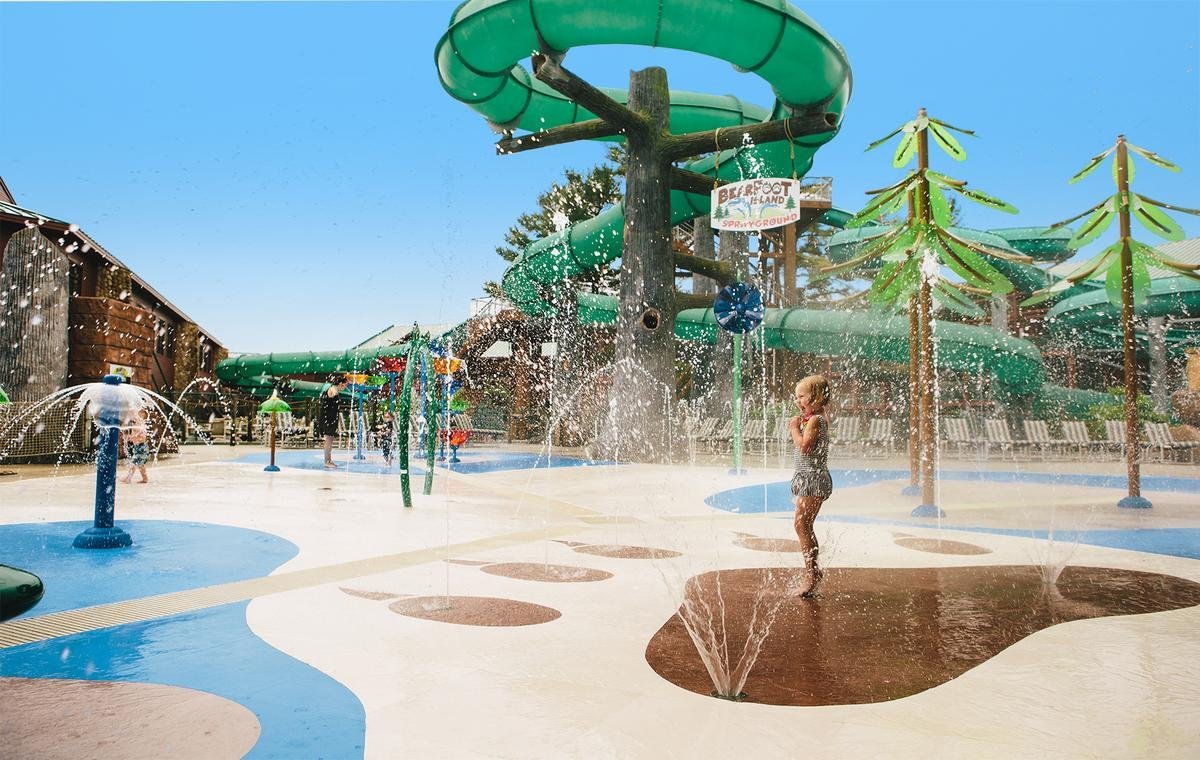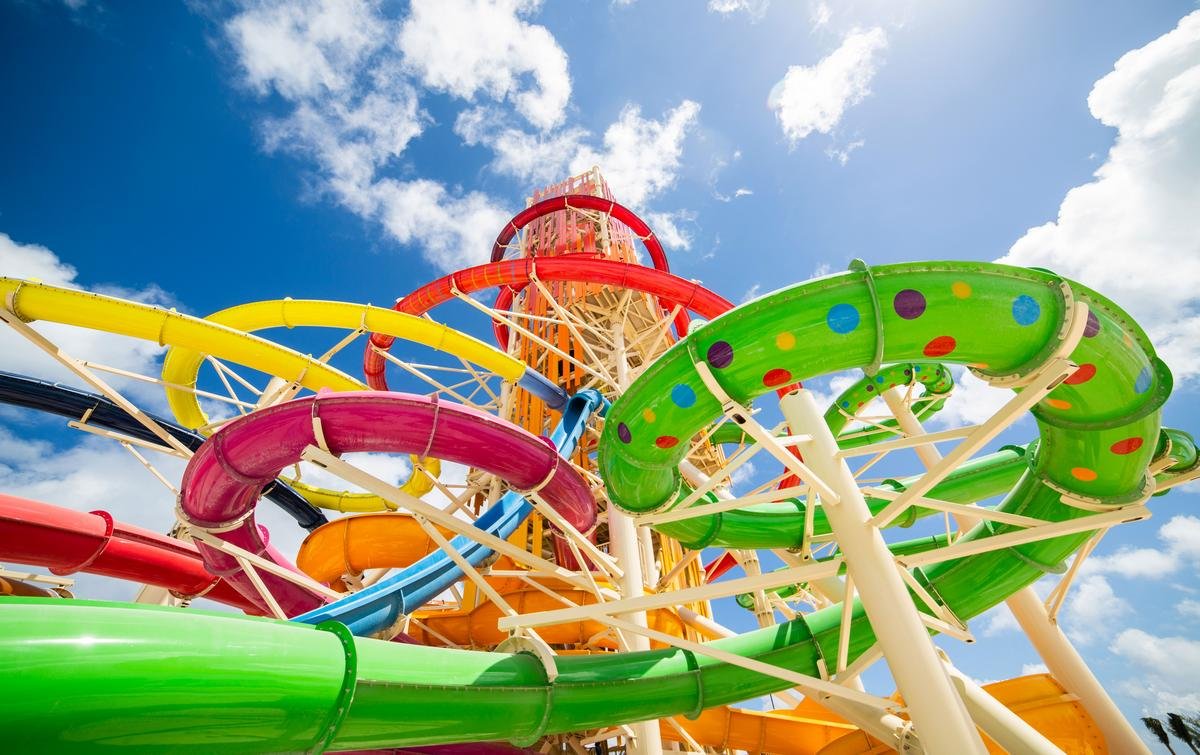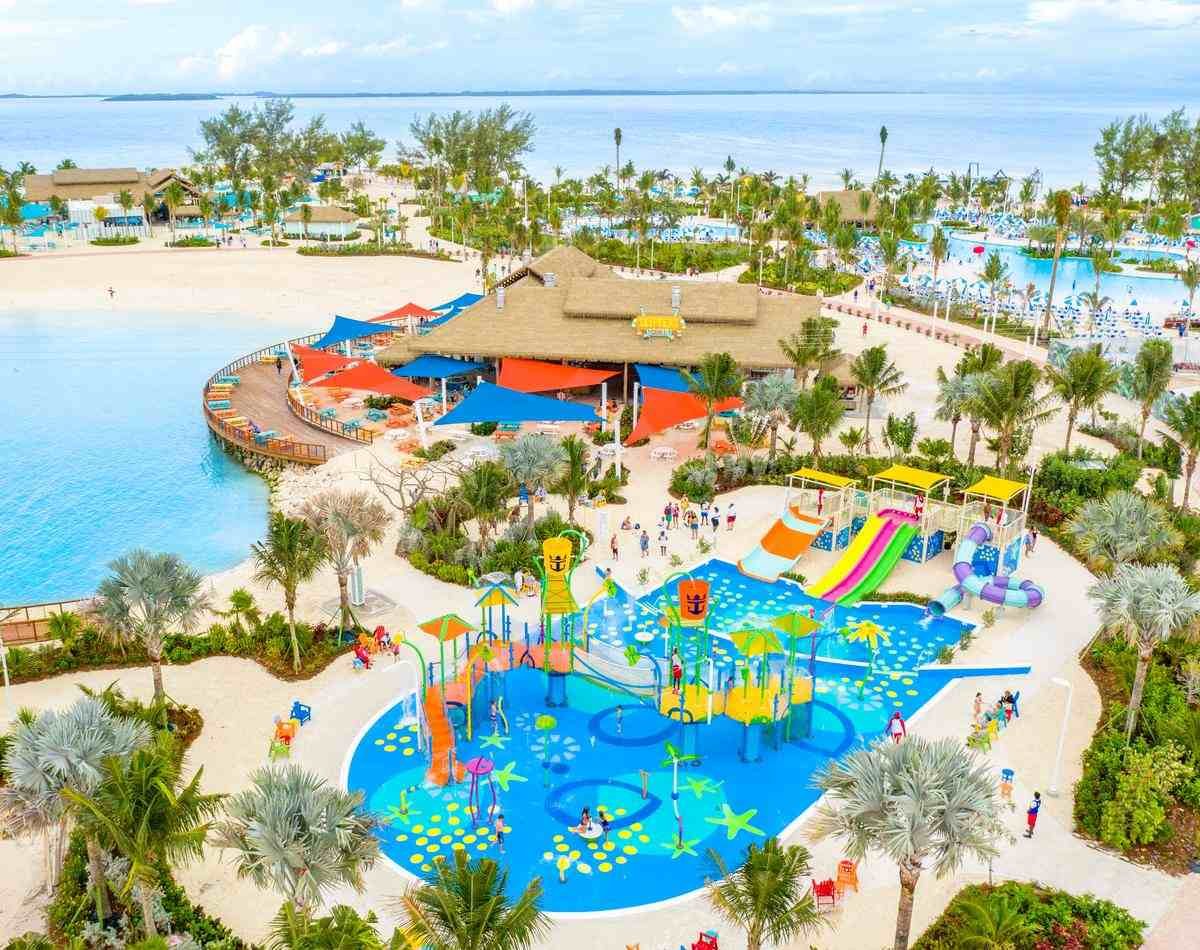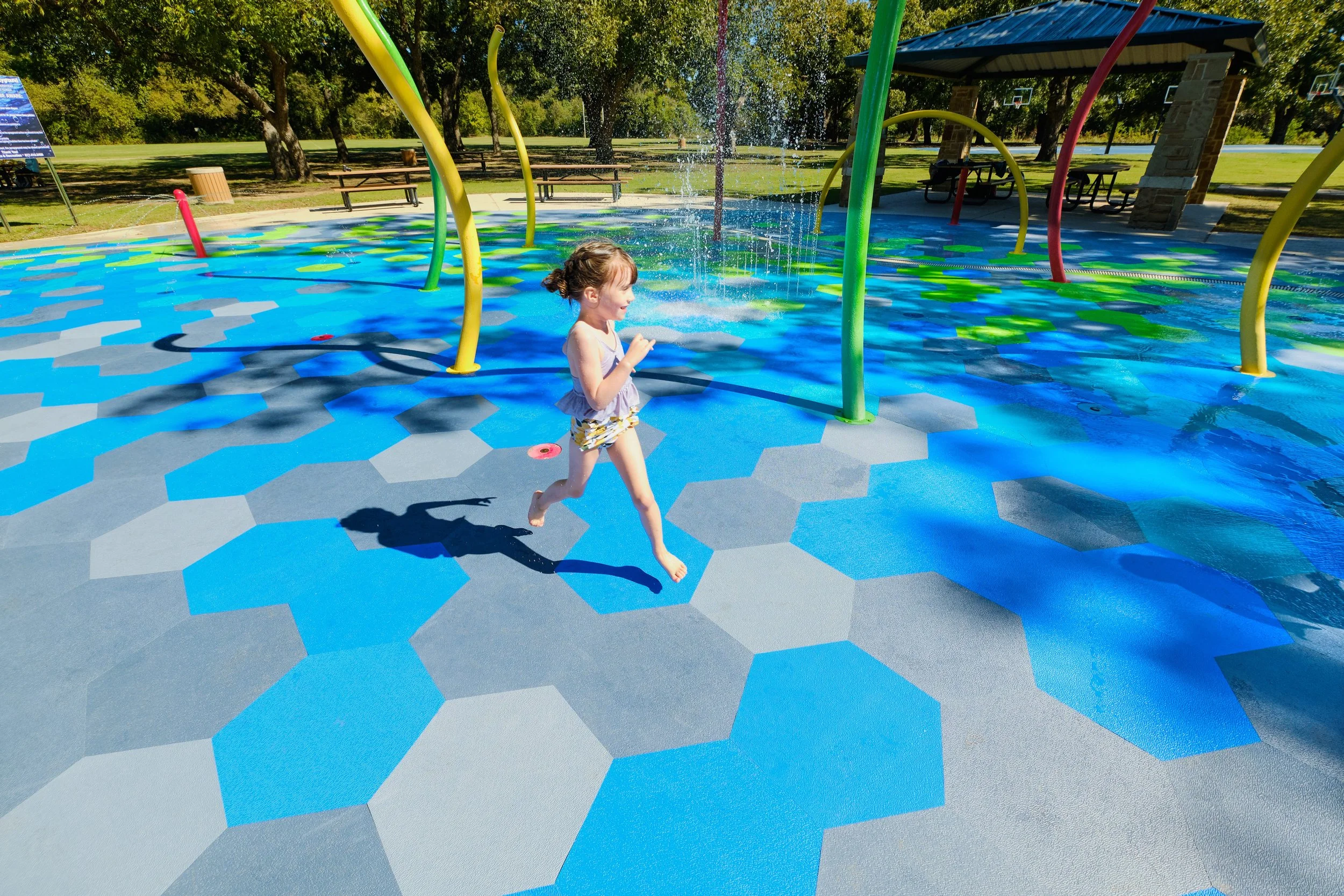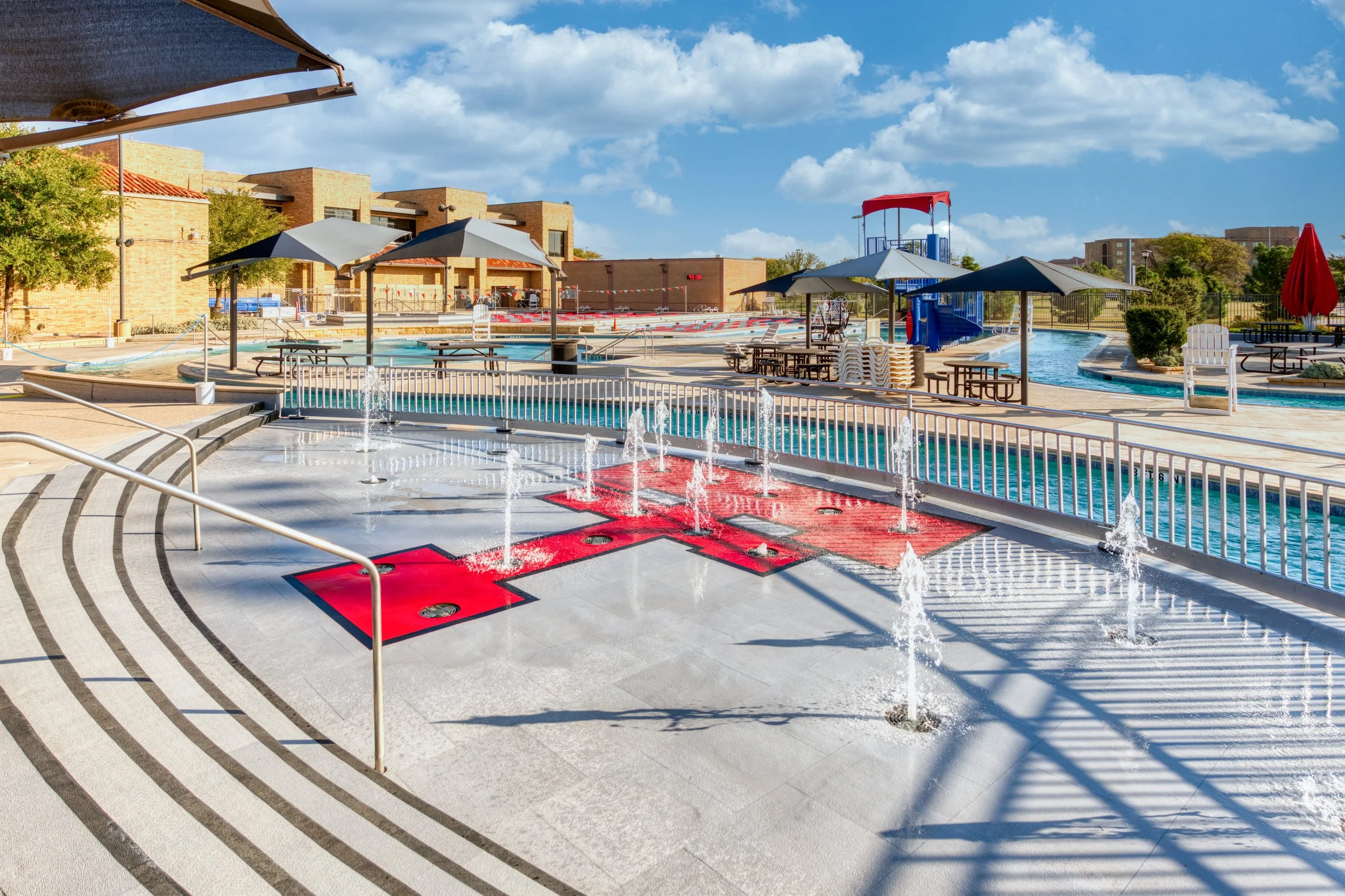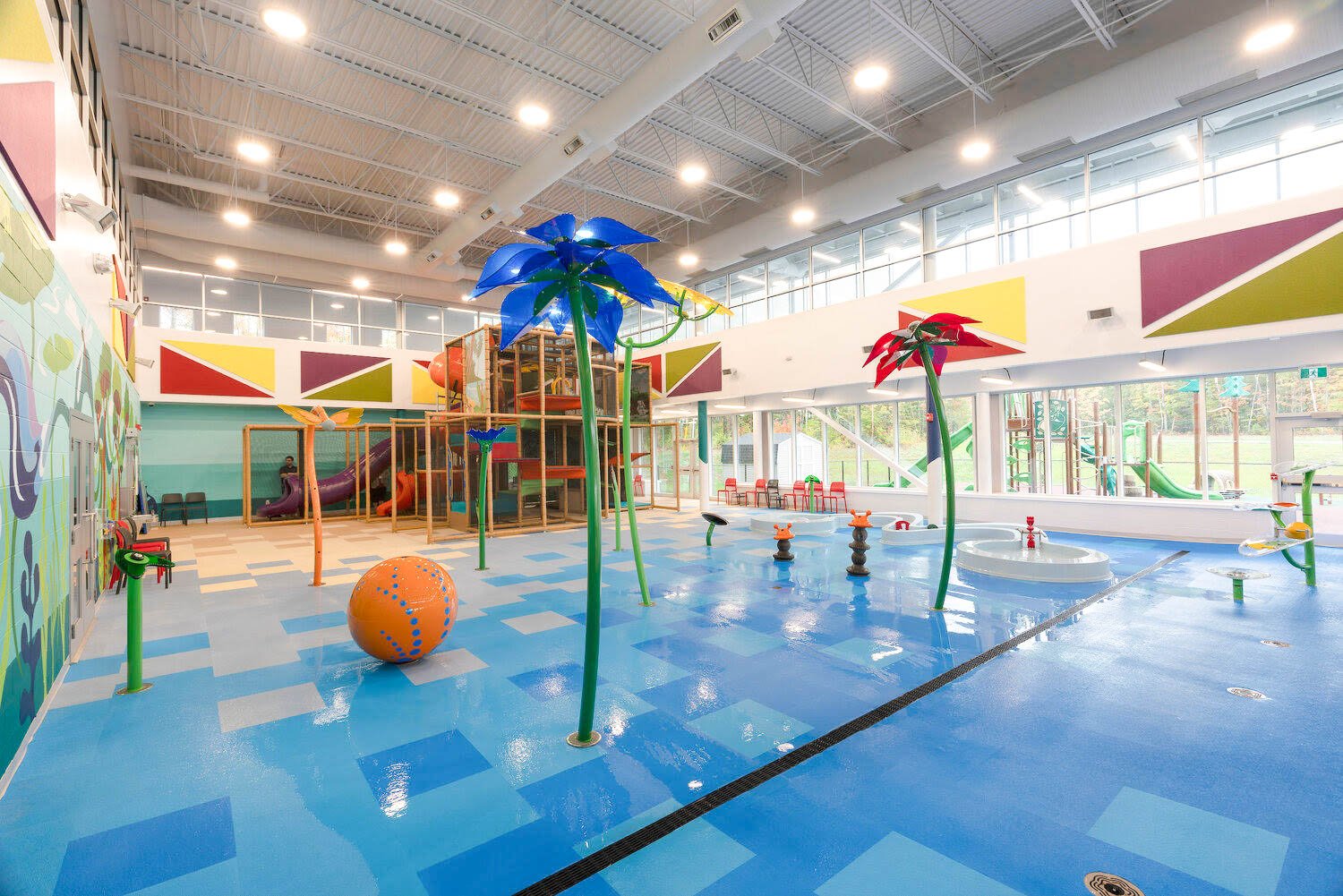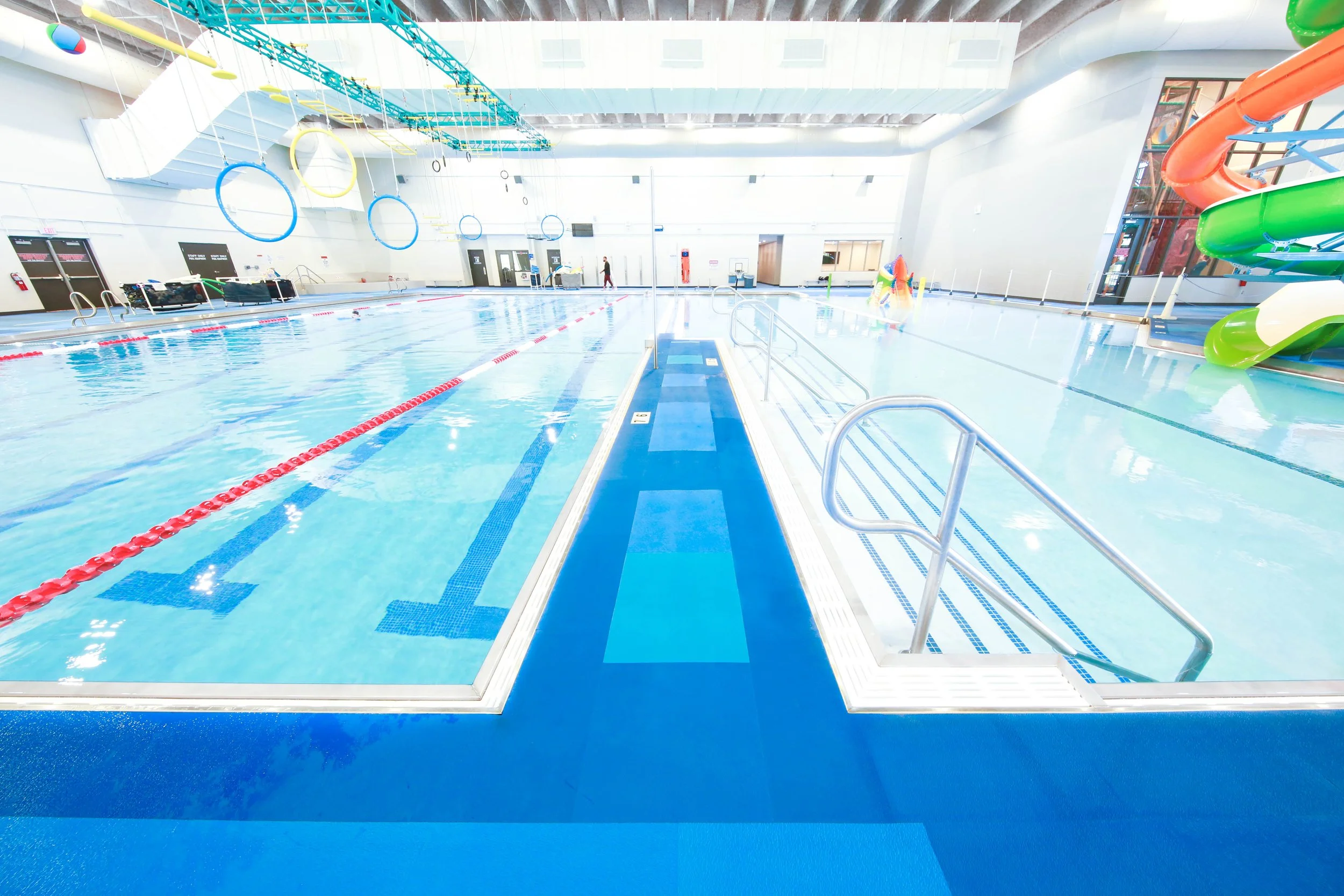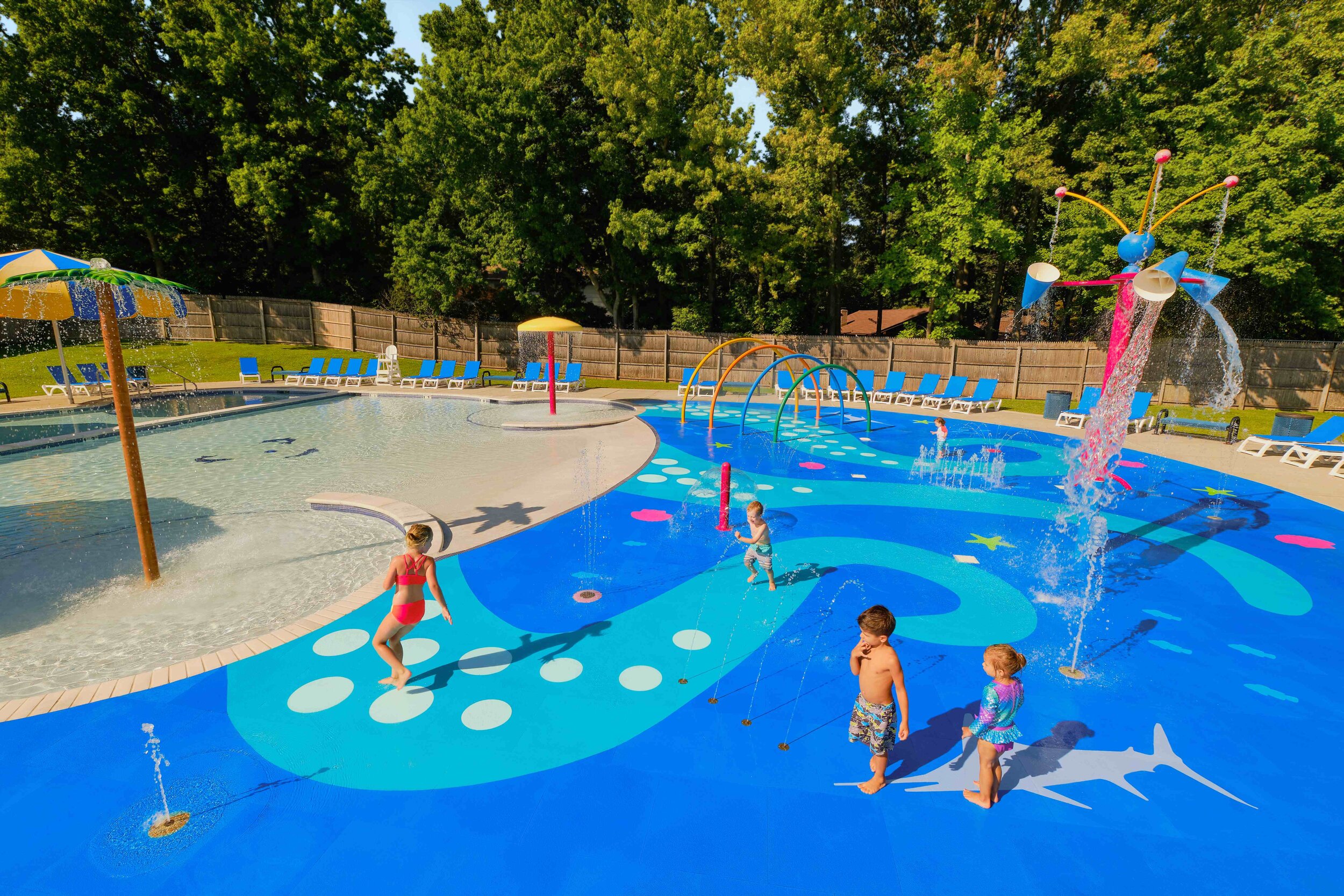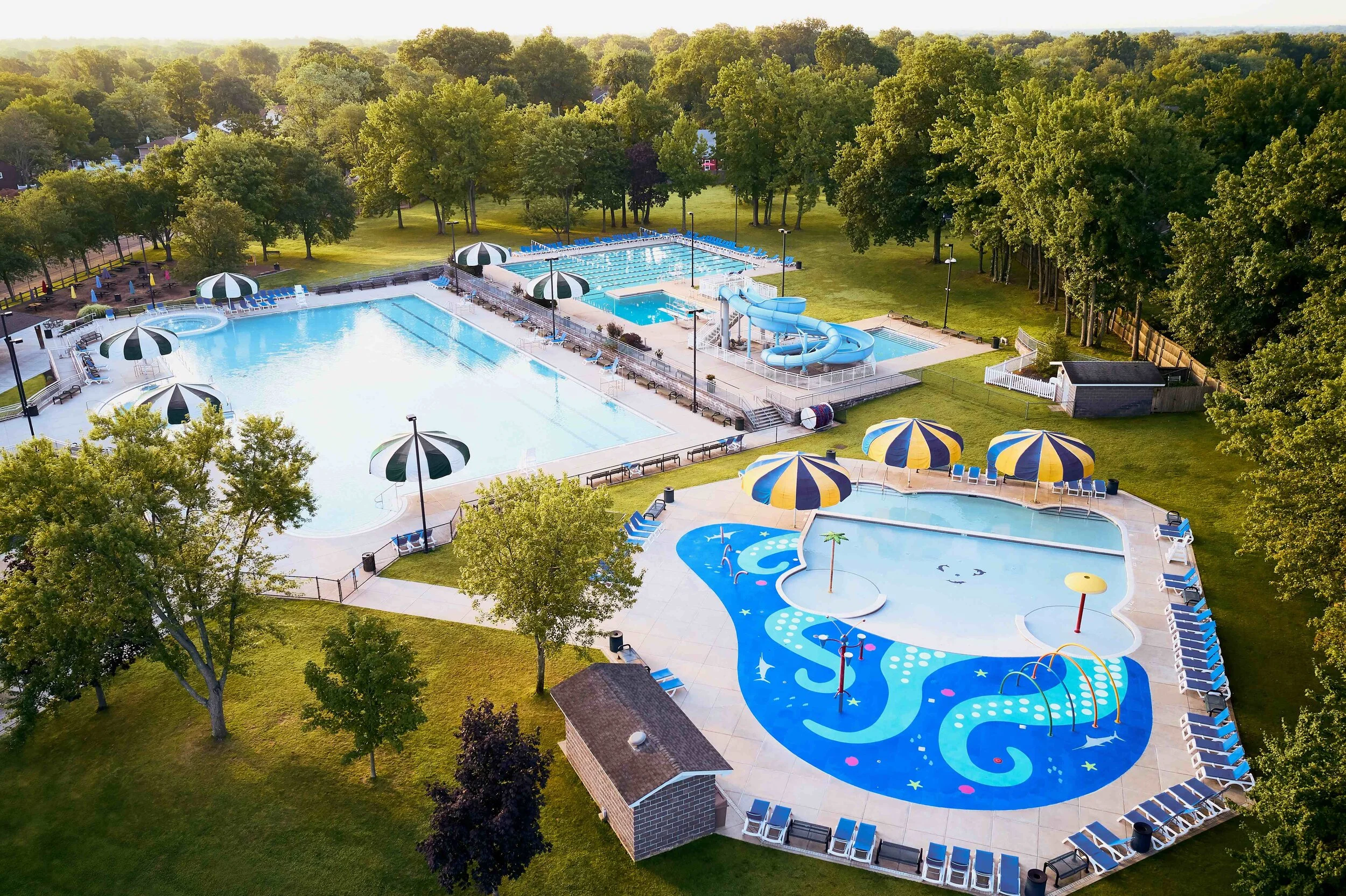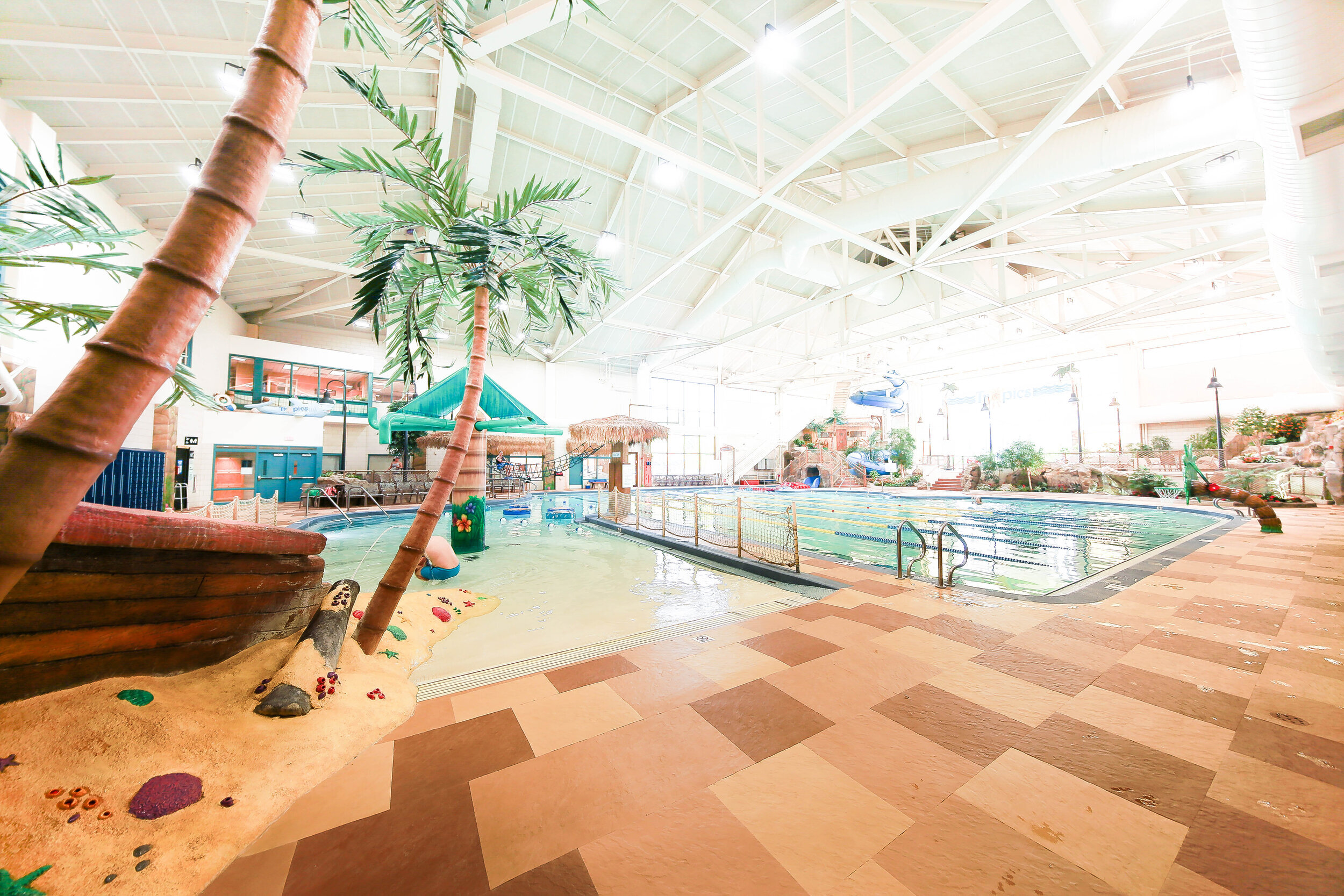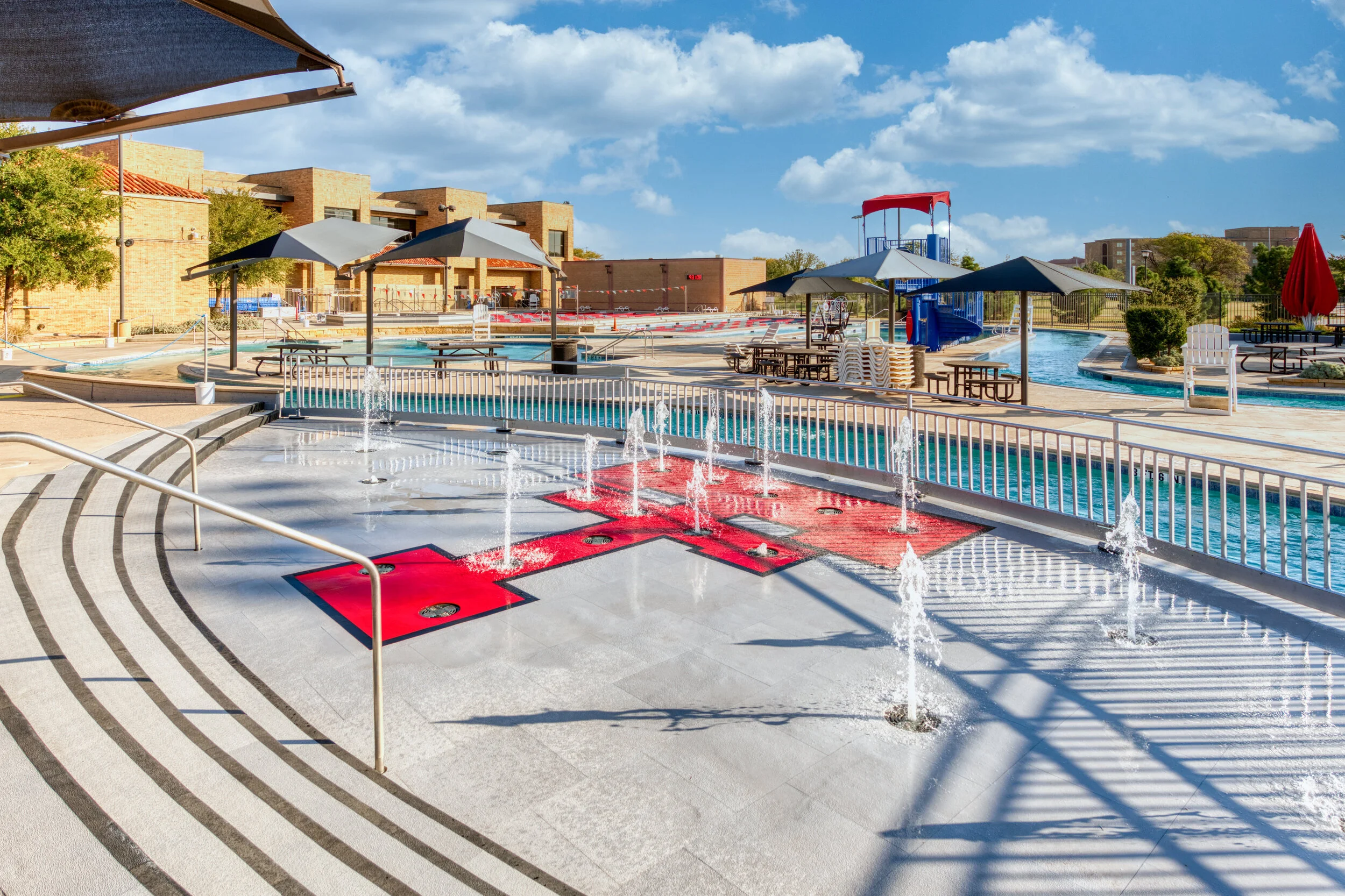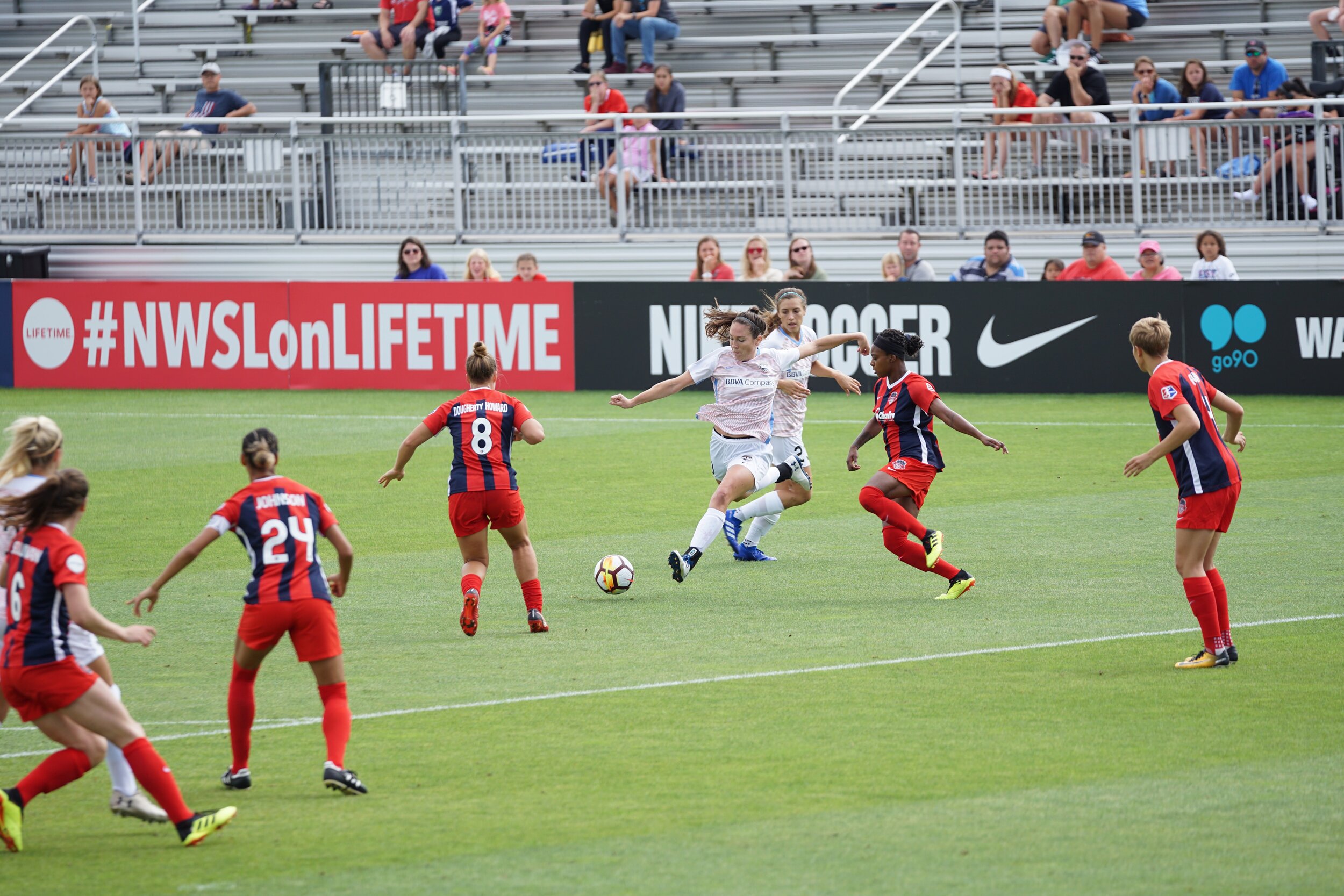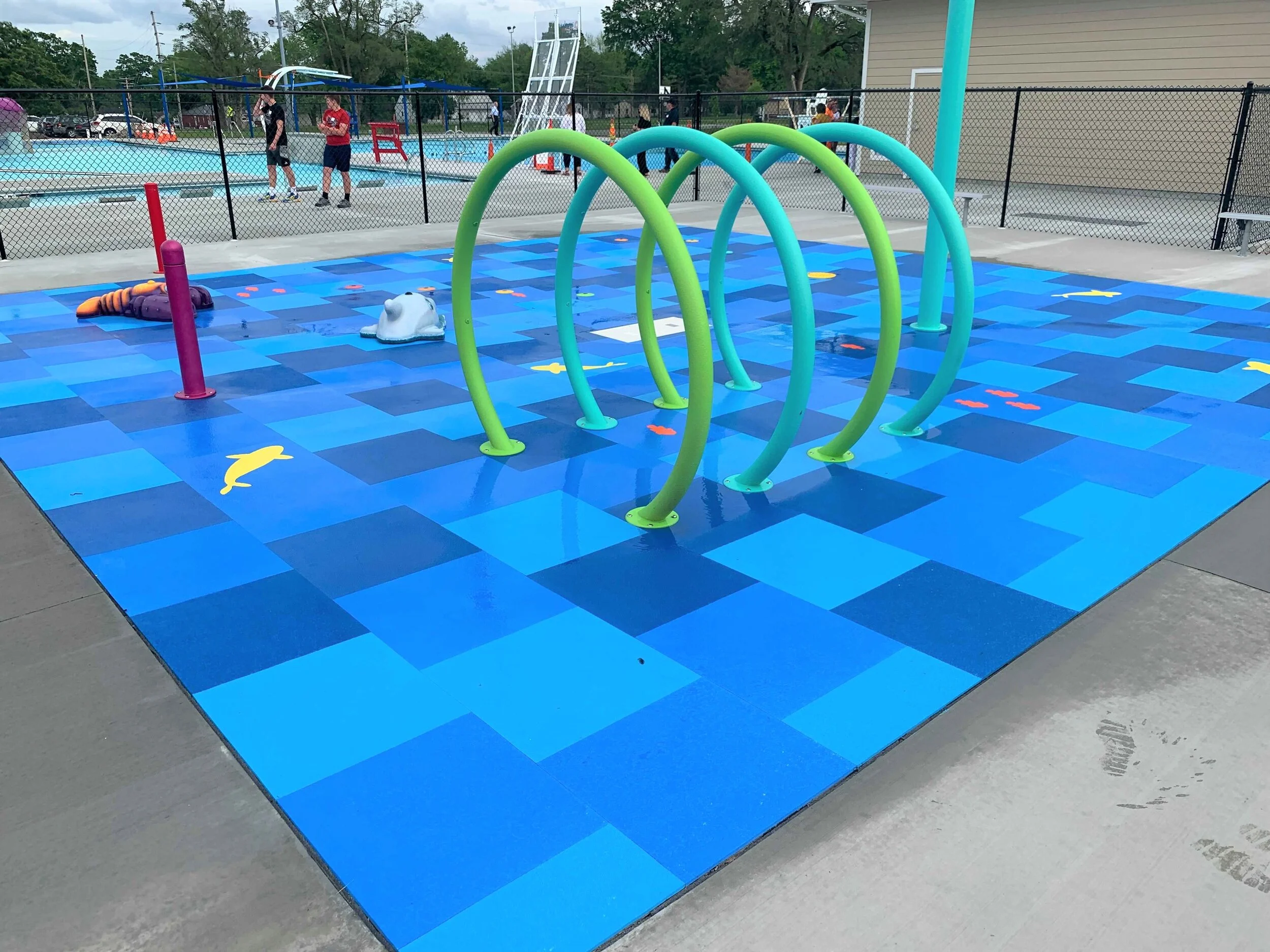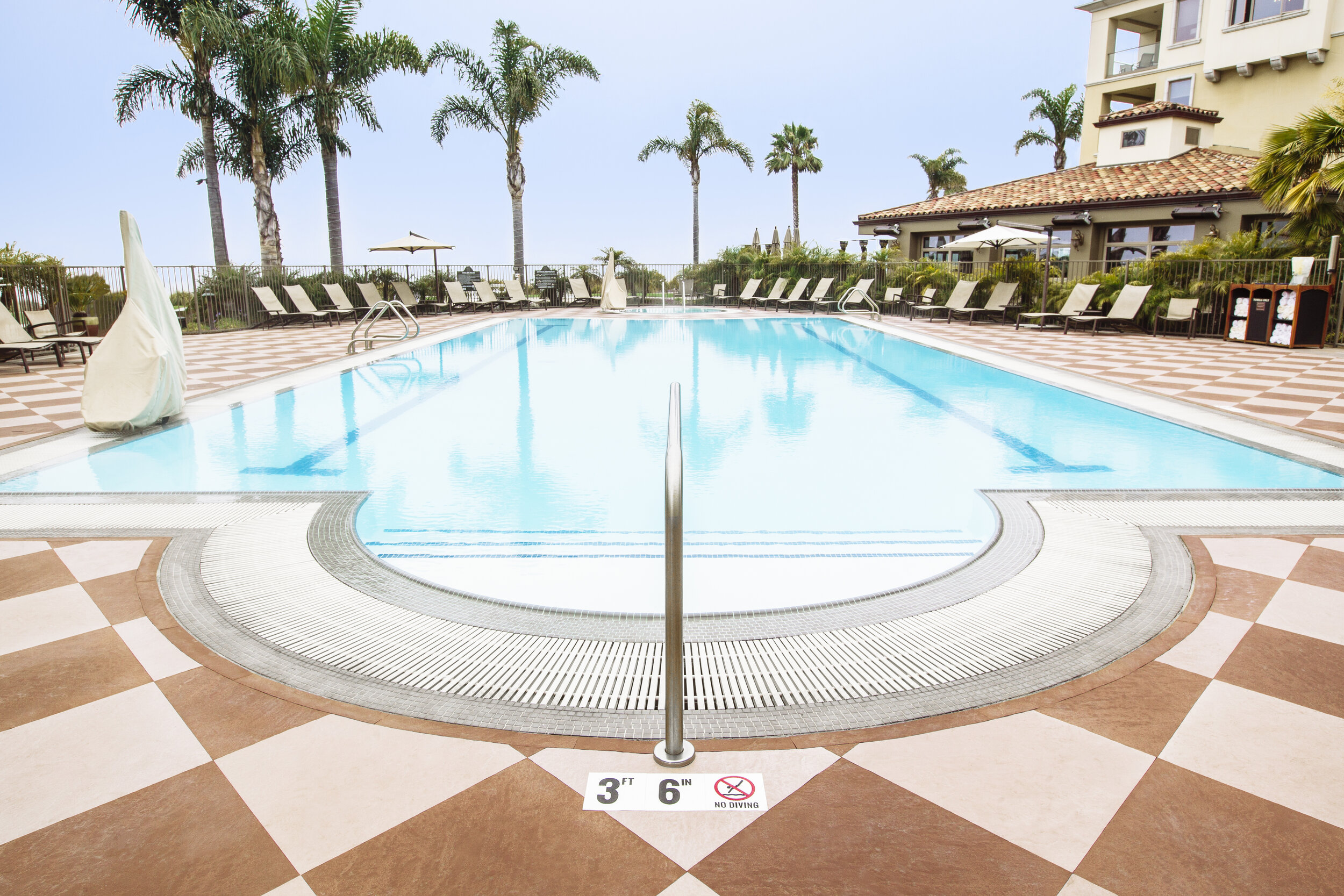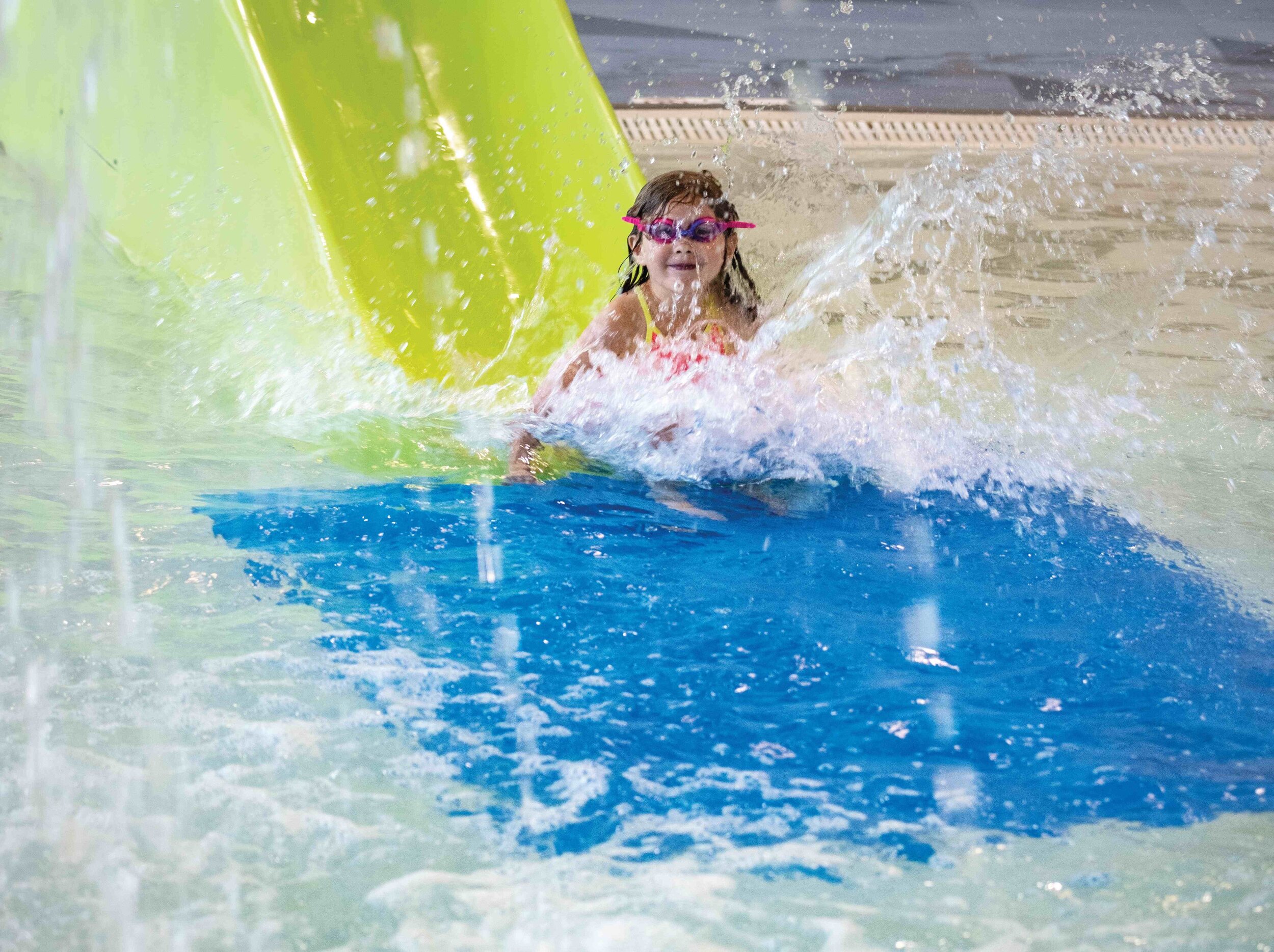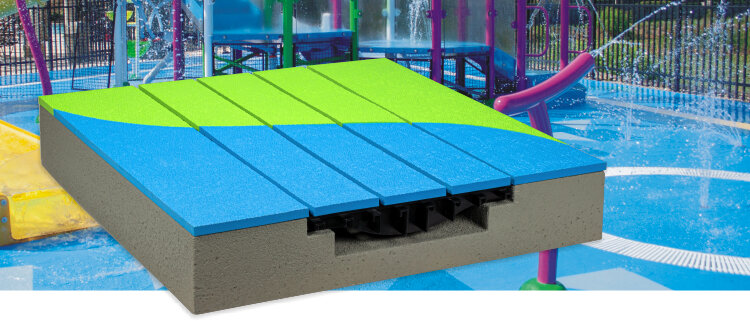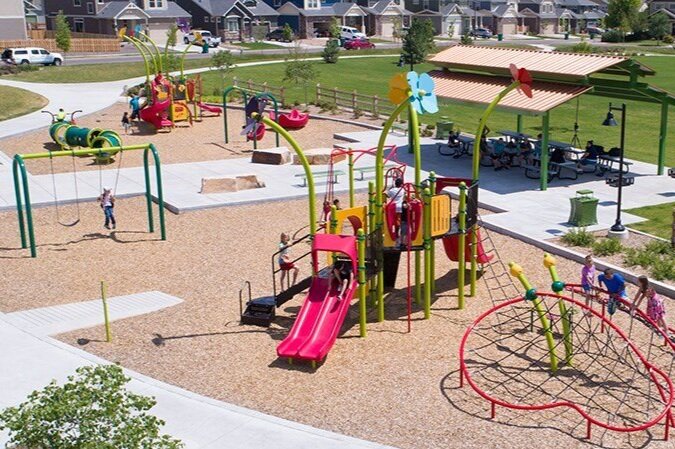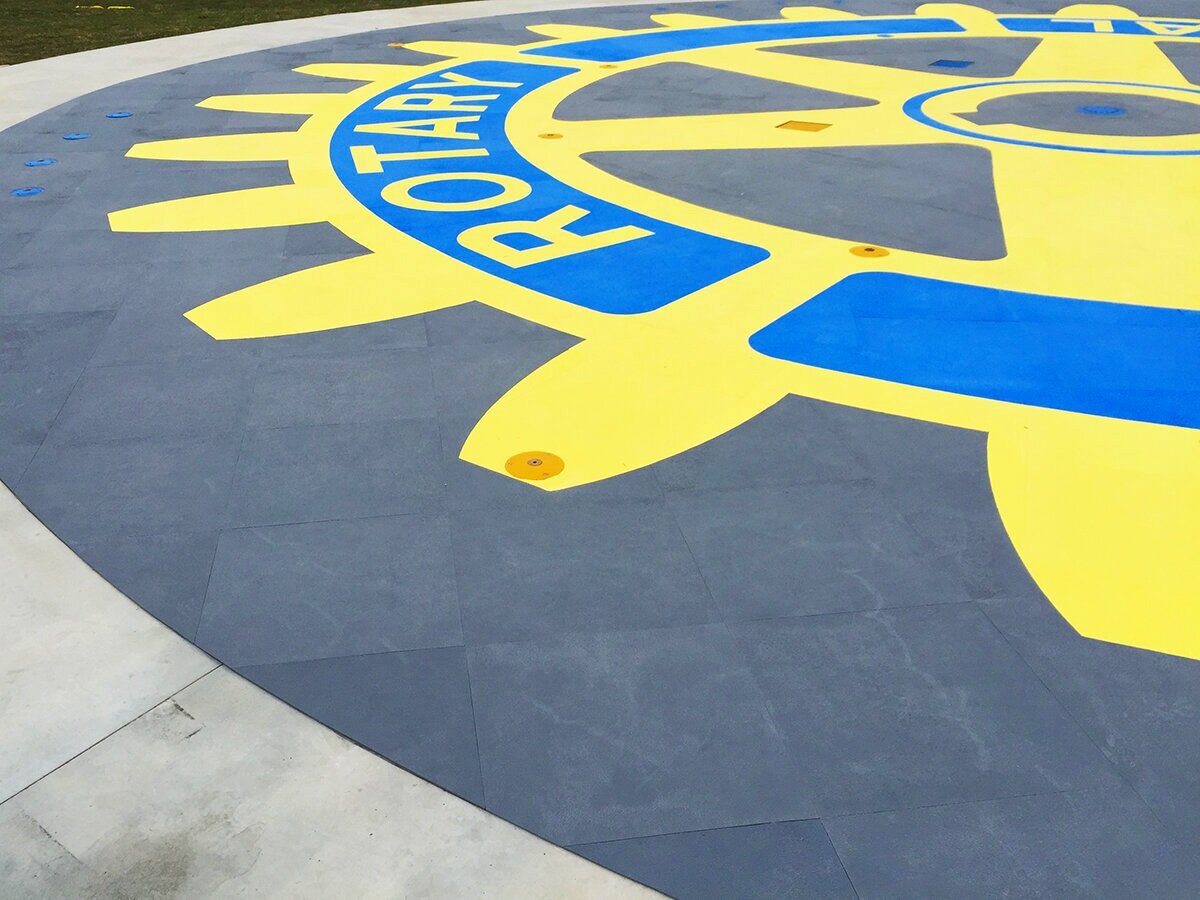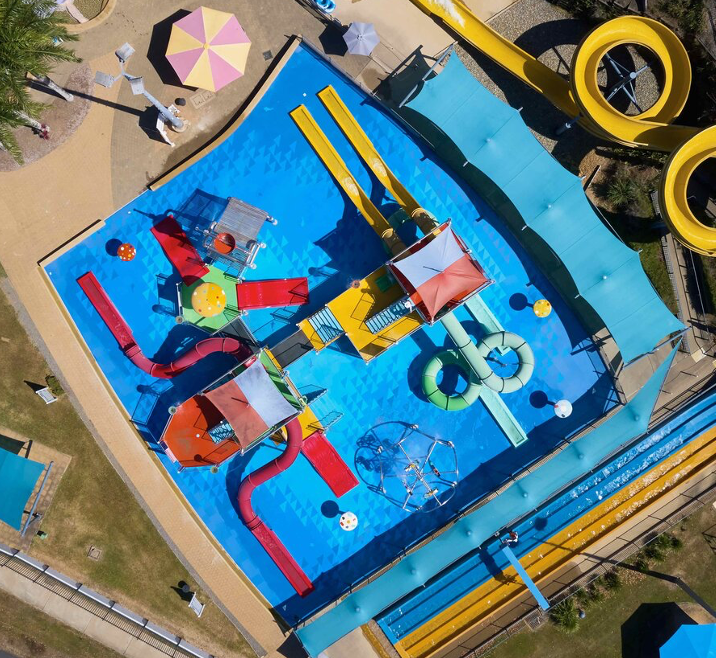With over 2,000 installations worldwide, Life Floor is trusted by leading brands and is the recommended surface for WhiteWater, Waterplay, and Rain Drop Products. Our tiles are made from a closed cell foam-rubber and we find that partners and customers are often curious about the general lifespan of our surfacing. While we offer a 5-year material warranty on our 3/8” thick tiles, there isn’t a one-size-fits-all answer when it comes to durability. The following are a few factors to consider when assessing Life Floor for different environments.
TRAFFIC
Generally, after 10 million steps, our tiles will start to experience texture fading, reduced cushioning, and can potentially show small micro cracks from pool chemicals and UV exposure.
UV EXPOSURE
UV exposure is the greatest factor affecting durability. We’ve engineered our tiles to last in extreme UV climates like Miami for at least 5 years. If you fall into a climate zone with less UV exposure than climates closest to the equator, you can expect outdoor Life Floor installations to last between 7-10 years.
AVERAGE EXPECTATIONS
Indoor waterpark installations typically last 10-15 years. Outdoor splash pad installations typically last 7-10 years. Geographic location and volume of traffic often play a role in extending or shortening these expectations.
WHAT ABOUT COLD CLIMATES?
Life Floor is engineered to flex with the freeze and thaw cycles of seasons.
The top of Life Floor tiles may expand and contract with high and low temperatures. In winter months, contraction creates wider joints. In summer months, expansion creates tighter joints. Rapid temperature changes and/or wide swings have negligible impact on tile performance after installation. Approved contact cement adhesives keep the base of the tile secured to the underlayment or substrate.
Pictured above is one of our oldest outdoor splash pad installations at Wilderness Resort in Wisconsin Dells. This splash pad has experienced TEN freeze-thaw cycles and is still performing great!
WHAT ABOUT COLOR LOSS?
We love design and we want every surface to look bold and bright for as long as possible. Colors generally fade in sunlight, but we’ve spent over a decade engineering our tiles to increase color longevity.
With our latest product innovations tailer to UV resistance, colors will stay vibrant through the warranty period when facilities follow proper water chemistry protocols and tile maintenance.
Want to learn about how our tiles are third-party tested for durability?
Read about how we meet the criteria for the NSF/ANSI/CAN 50 standard here.
GET STARTED ON YOUR PROJECT TODAY
With complementary design services and a dedicated team ready to answer any questions, we can’t wait to identify a solution for your surfacing needs. Contact us to get the ball rolling!



